How Long is the California Coast and 10 Other Fun Facts
We delve into some of California's most interesting natural fun facts.
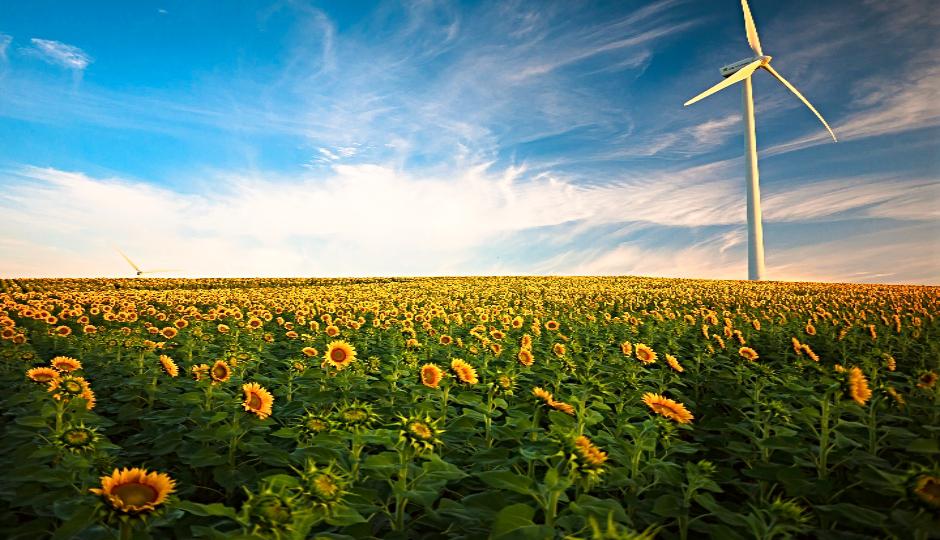
California has long led the charge on curbing climate change and creating environmental protections, establishing ambitious policies and guiding other like-minded states and regions throughout the country toward a greener future. Indeed, California has garnered a reputation by setting high standards for itself, with state leaders and lawmakers often fighting for stronger state environmental regulations than those mandated by the federal government. One of the earliest examples dates back to 1970, when the first iteration of the Clean Air Act was enacted. This piece of legislation—which set new standards on air pollution from cars and factories—made a unique exception for California, granting the state a waiver that gave it the ability to substitute its own stricter standards in place of those established at the national level. Since then, 12 other states and the District of Columbia have adopted the same fuel-efficiency standards as California.
California has garnered a reputation by setting high standards for itself, with state leaders and lawmakers often fighting for stronger state environmental regulations than those mandated by the federal government.
The Golden State continues to set aggressive goals for itself. One of the most prominent local policies has been AB 32, which aims to fight global warming by requiring the state to reduce its greenhouse gas emissions to 1990 levels by 2020. The legislation gained national attention when it was passed in 2006, as it established the largest cap-and-trade system in the nation. This bill was later extended through 2030 via AB 398, which received bipartisan support and passed through the state legislature in 2017. With this bill, California yet again distinguished itself as the state with the most ambitious commitment in the country to reducing greenhouse gas emissions and combating climate change—at a time when the federal government’s dedication is weakening.
Thanks to its extensive history of sustainable policy initiatives and relentless tenacity, California has garnered enough respect, significance, and impact to be seen as a formidable force both in the United States and abroad. After the Trump administration decided to withdraw the country from the Paris Agreement (which aims to strengthen the global response to climate change by drastically cutting greenhouse gas emissions), then–California Governor Jerry Brown partnered with governors from 15 other states—including Andrew Cuomo of New York and Jay Inslee of Washington—to form the bipartisan United States Climate Alliance. This group is now leading the efforts among states and cities to meet the standards established by the Paris Agreement. Since its inception in 2017, the United States Climate Alliance has grown to include 23 states, representing 40 percent of the U.S. population and a $9 trillion economy—greater than the third largest country in the world. And this powerful organization is already making strides; according to the 2018 report, the member states are on track to meet their share of the Paris Agreement emissions target by 2025.
Since its inception in 2017, the United States Climate Alliance has grown to include 23 states, representing 40 percent of the U.S. population and a $9 trillion economy.
Most recently, California has embarked on the long road to have 100 percent clean energy by 2045, passing legislation that requires all new homes (three stories or fewer) to be installed with rooftop solar panels. The law takes effect in 2020 and is expected to save homeowners money in the long run and, most importantly, help the state wean itself off of fossil fuels.
But that’s not all the California Legislature is tackling this year. Here are some of the other important environmental changes taking place in 2019:
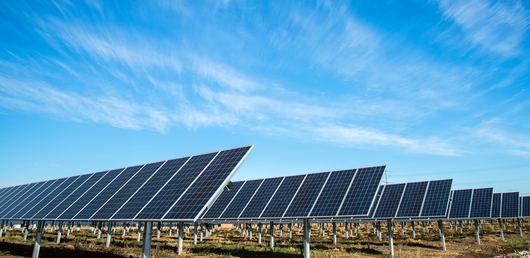

Does your business rank among the best in California?
nominate a businessLearn more about our selection criteria and vetting process.
SB 110 may be the defining environmental law of 2019. This groundbreaking bill mandates that the state generate 100 percent of its electricity from solar, wind, and other non–fossil fuel sources by 2045. To meet these ambitious goals, state legislators have already passed numerous new laws that increase incentives for solar panels and set more restrictions on hydrofluorocarbons, among others.
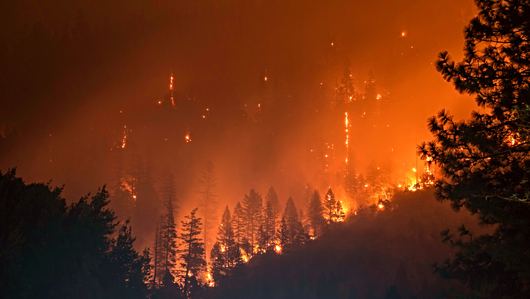
In response to the massive and tragic wildfires that have ravaged the state over the last couple of years, state legislators passed SB 901, which requires utility companies to enact fire prevention plans and upgrade their equipment. This bill also creates incentives for property owners to cut down dead, dry trees that can spur fires, and it sets aside $1 billion for forest management over the next five years. In addition to SB 901, several other bills were passed to boost the state’s fire preparedness, including laws that implement plans to build more fire-resistant structures and that make it easier for private landowners to conduct controlled burns.

Due to the Trump administration’s push to open most of the United States coastline to offshore oil leasing in federal waters, California lawmakers passed two laws that aim to stem offshore drilling in its own waters. AB 1775 and SB 834 prevent any new leases for construction of gas or oil infrastructure (such as piers and pipelines) in state waters or tidal lands, which would purportedly stop any oil from washing ashore.

AB 544 extends the program that allows zero-emission cars, such as electric vehicles and plug-in hybrids, to drive in carpool lanes. There are new rules, however, including the following:

SB 606 and AB 1668 were passed in 2018 but didn’t go into effect until this year, instructing the state to create new efficiency standards for water use by 2022 and requiring local agencies to establish drought and water-shortage plans. Additionally, the two bills limit indoor residential water use to 55 gallons per person daily; that number will be reduced gradually after January 1, 2025. Lawmakers hope this will encourage Californians to use less water and install more water-efficient appliances in their homes.

Plastic straws are getting the boot in an effort to reduce the amount of waste on the ground and in the water. While several California cities, including San Francisco and Malibu, have already banned single-use plastic straws outright, the state is now requiring full-service restaurants to restrict the use of plastic straws. (Fast-food eateries are exempt, however.) Under AB 1884, dining establishments can only give customers plastic straws if they ask for them. Businesses that don’t adhere to the law will receive two warnings before being fined $25 per day, up to $300 annually.
If you are a business owner, housing developer, or landowner and need some assistance navigating these new laws, find a lawyer in your area who can help. While the policies are certainly ambitious and far-reaching, they are meant to guide California in the right direction as it steps up to take on a larger role in sustainable development and to lead the fight against climate change. After all, the state must continually make these strides if it ever truly wants to go green.

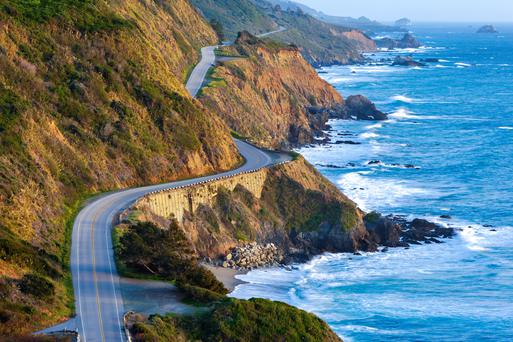
We delve into some of California's most interesting natural fun facts.

Ditch the busy Spring Break crowds and check out these fantastic, underrated spring travel destinations in California.
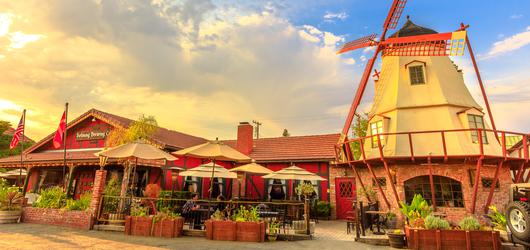
Take a trip through the pages of the Golden State’s history and discover the oldest cities in Southern California.

Feeling adventurous? Take to the seas and see the world from a new vantage point by parasailing in California.

